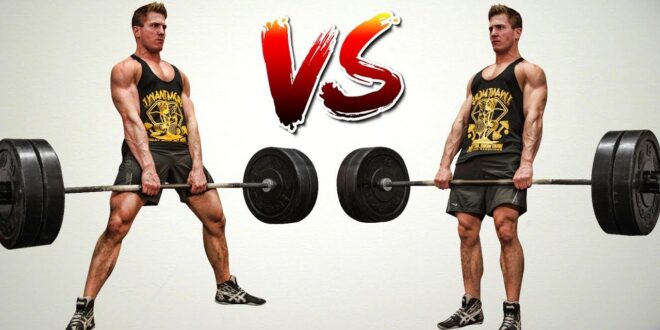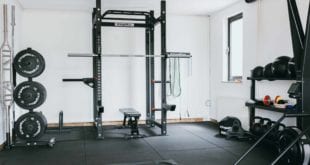There are so many exercises, but a few exercises stand out in particular because they are unrivaled best for muscle development, strength, athleticism and burning calories. These are mostly compound exercises, which means that they activate several muscle groups at the same time, and those exercise are among others squat, bench press, pull ups, Olympic lifts and the topic of our text today, which is deadlift.
Deadlift is an exercise that will benefit both beginners and professional weightlifters. It activates almost the entire body and affects the all-around improvement of our athletic abilities. There are two basic variations of this exercise, and those variations are conventional and sumo deadlift. In this text, learn all about the pros and cons of both, as well as everything else that is important to know about deadlift.
Deadlift
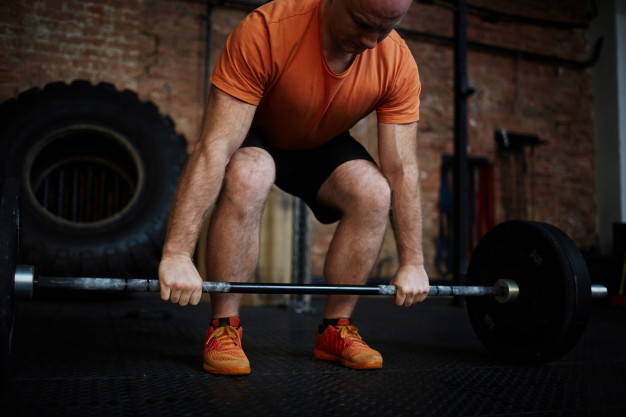
You were probably introduced to deadlift already during your first trips to the gym. Deadlift is one of the rare exercises that is equally represented in the gym, CrossFit, sports training and all other types of training.
There are many reasons for that. Whatever deadlift variant you do, you can be sure that there will be a lot of benefits for your body. Before we move on to the details of conventional and sumo deadlift, we will first tell you the general benefits of this exercise.
First of all, it is great for the strengthening of the whole body. There is probably no other exercise that will strengthen more muscles at once than a deadlift. You will strengthen your forearms, traps, glutes, hamstrings, quadriceps, lower back, which practically means the whole body.
Also, the secretion of anabolic hormones, which at the same time have a positive effect on muscle work, sexual performance and fat loss, will be improved in natural way. Deadlift and other compound exercises are much more effective for fat loss than running.
Conventional deadlift
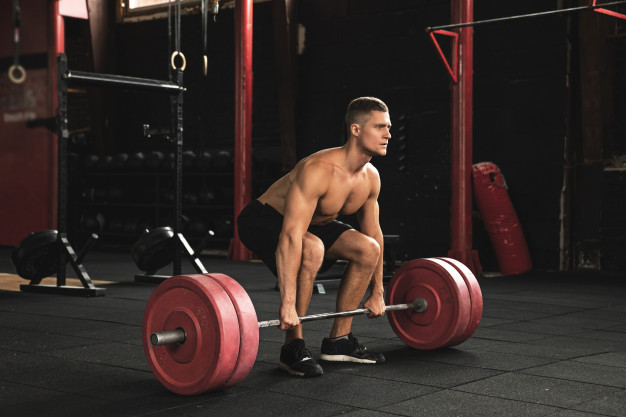
Now let’s focus on main topic and that is conventional vs sumo deadlifts. When you think of conventional vs sumo deadlifts it is clear that there are differences in the position of performing the exercise.
It is advisable to do both types of deadlift, but there are also certain physical limitations that can affect which type you will predominantly do. These physical limitations relate to the shape of your pelvis, hip sockets, and femur. Everyone has a different shape of the pelvis and hip sockets, which affects how deep or shallow the femur enters the hip sockets. That is why someone will not be able to do one or another type of deadlifts.
Someone with deep hip sockets will be better doing conventional deadlift.
Pros of conventional deadlift
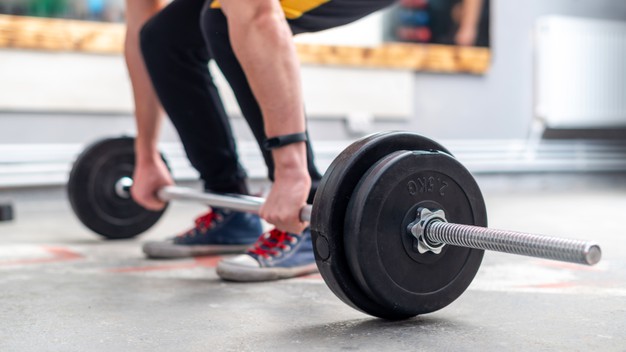
- Range of motion
It is very important to do exercises through as large a range of motion as possible, unless we are talking about isolation exercises and some special methods used by body builders.
Range of motion is significantly bigger in the conventional than in the sumo deadlift and therefore we can say that it strengthens the larger part of the body. Remember that the muscle is only strong in the range of motion in which you trained it.
- Those with less hip mobility can also do it
Hip mobility is a problem for a large number of people because due to sitting most of the day hip flexors are shortened and this negatively affects hip mobility. Conventional deadlift is also possible with less hip mobility.
Due to the position you take at the beginning of the exercise and throughout, even those with locked hips will be able to do the whole movement properly. According to the gym-expert.com, if you struggle with stability, you should consider buying deadlift shoes.
- Greater activation of hamstrings
As soon as you look at the starting positions of both ways, it will be clear to you why conventional deadlift activates hamstrings more.
So if your goal is to strengthen your hamstrings, do it conventionally.
Cons
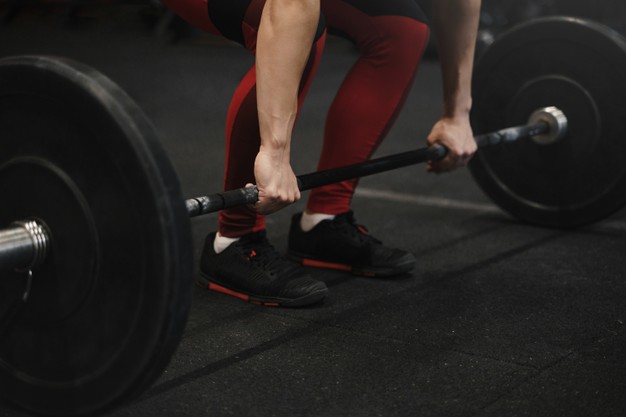
- Back pain
If you do a conventional deadlift you are much more likely to round your back or injure your lower back than with the sumo variation. So if you’re not sure about the strength of your back, try sumo.
- Less leg activation
Alongside hamstring that is very active during exercise, the conventional deadlift is primarily done with your back, so there is less leg activation, primarily of adductors and quads.
Sumo deadlift
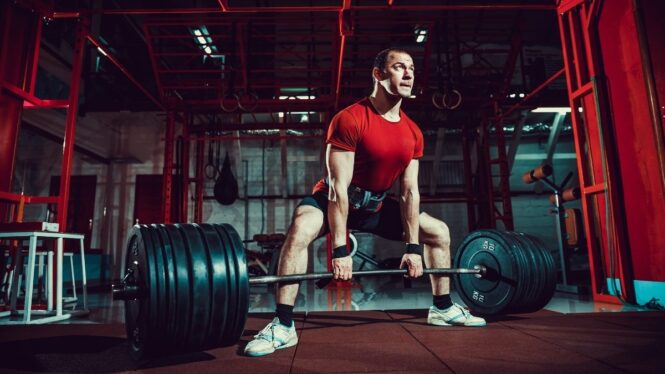
It is called a sumo because the starting position is somewhat similar to that of a sumo wrestler at the beginning of a fight.
Pros
- Less likelihood of back injury
Due to the position you are in and the way you lift weights, it is possible to lift more weight with less risk of injury. It is very rare to round your back, so it is a safer way to perform this exercise.
- Leg activation
Unlike the conventional one, barbell sumo deadlift activates quads, glutes and adductors, but also other leg muscles.
- Similarity with movements outside the gym
The point is to strengthen so that your daily movements are much easier and you do not injure yourself. Sumo deadlift is more similar to how you lift weights in a real lift, so you will strengthen for this type of movement and learn how to properly lift objects outside the gym.
Cons

- Complexity
The barbell sumo deadlift is a more complicated type of lift and will be significantly harder for a beginner to learn to perform properly. That is why it is usually recommended for intermediate and experienced lifters.
- Strain on hip flexors and adductors
Since it is possible to lift more weight in this way, it can be a double-edged sword. The ability to lift heavier weights can lead to hip flexors or adductors injuries because they are under a huge strain during performing this exercise.
Make sure you are well warmed up before you start doing it.
Conclusion
We hope that we have explained to you in the right way everything you wanted to know about this topic. Both variations of this exercise are great and we recommend that you do them, with proper preparation and practice of the technique with low weights, before you add weights. There is a third variation, and that is the hex bar deadlift. The bar used is different, and the activation is more similar to the conventional one than the barbell sumo deadlift.
 Imagup General Magazine 2024
Imagup General Magazine 2024
